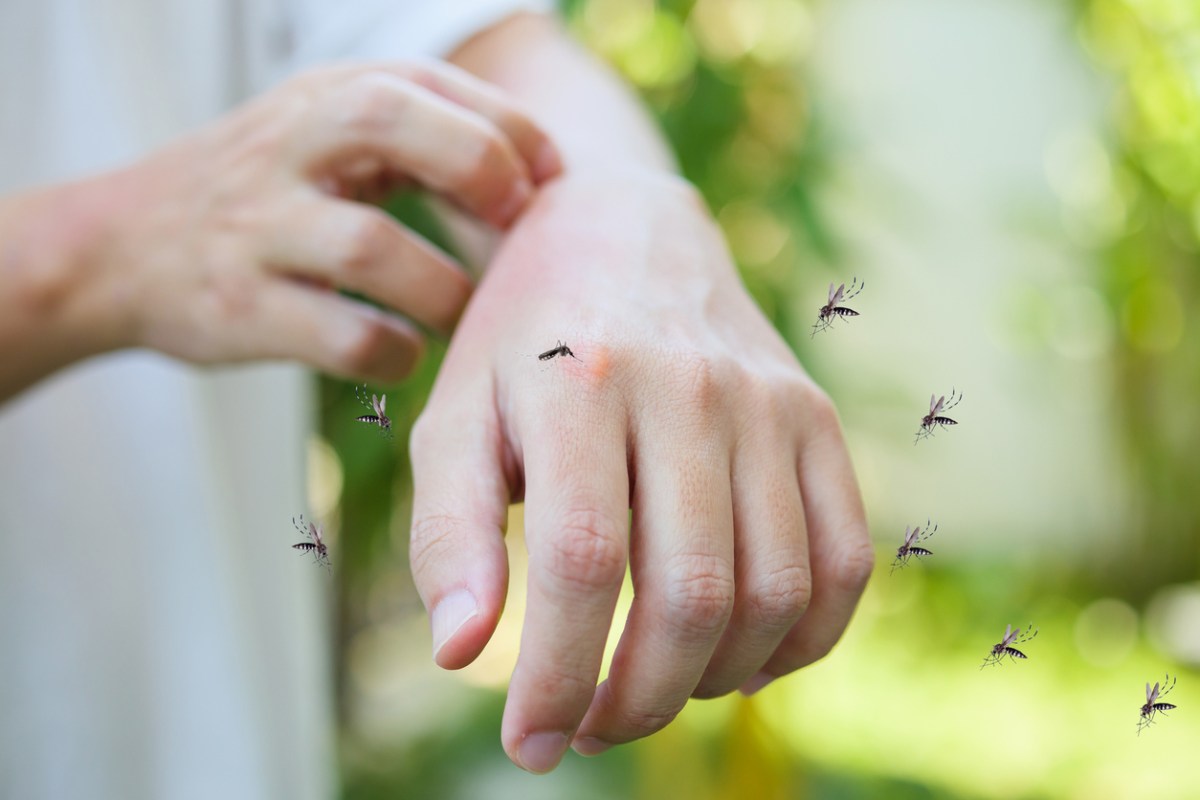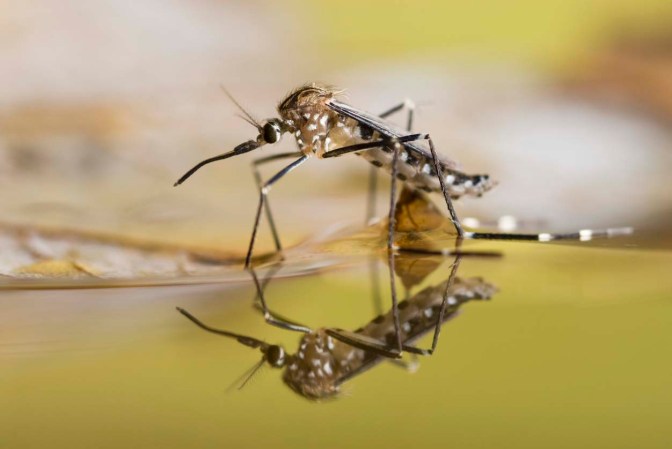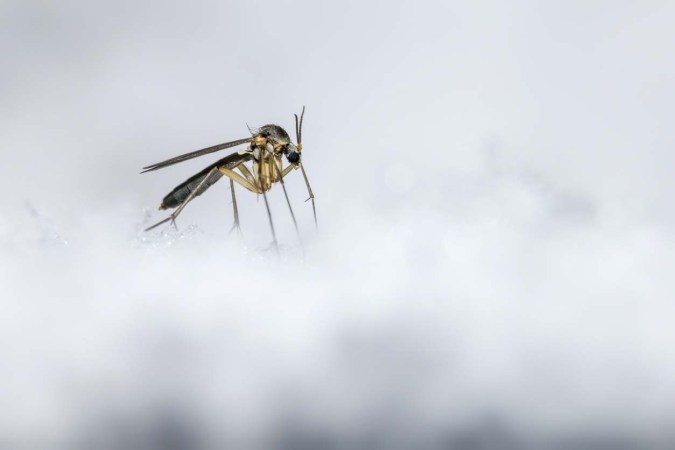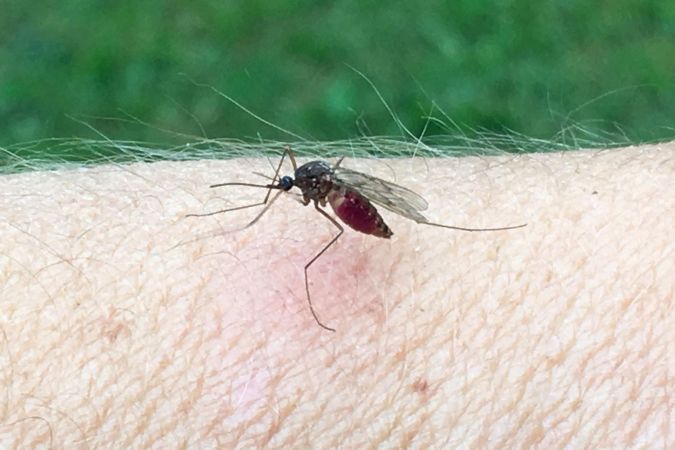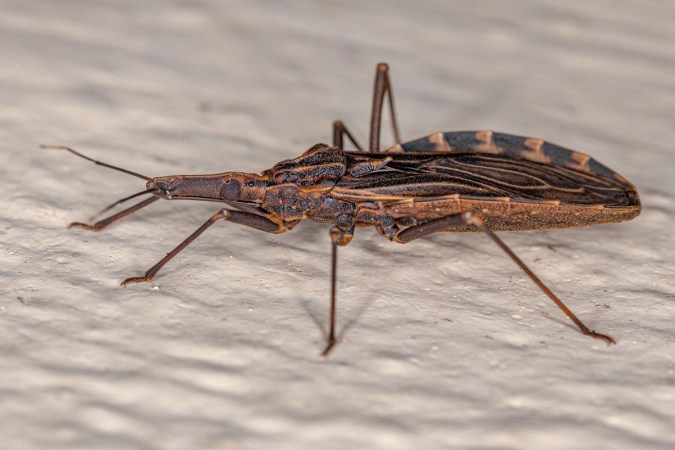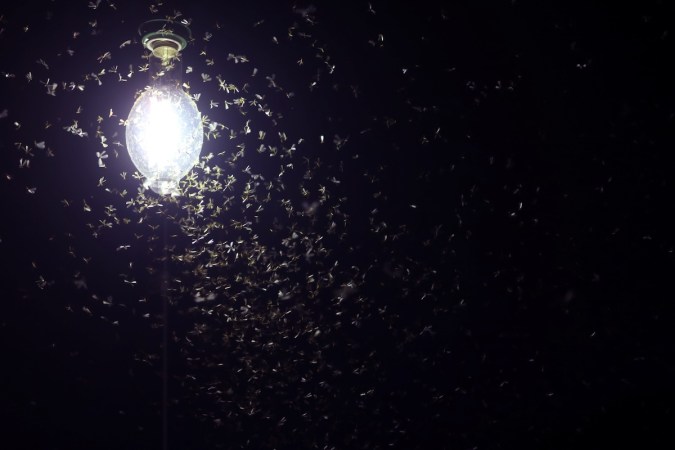We may earn revenue from the products available on this page and participate in affiliate programs. Learn More ›
Common garden pests like mosquitoes and ticks aren’t simply an itchy nuisance. According to the Centers for Disease Control and Prevention, they also spread diseases, like Lyme disease and West Nile virus. Fortunately, there are many steps you can take to keep these pests at bay. From keeping food covered to installing a bat house, these are the best ways to achieve a bug-free backyard this summer.
1. Ban Standing Water
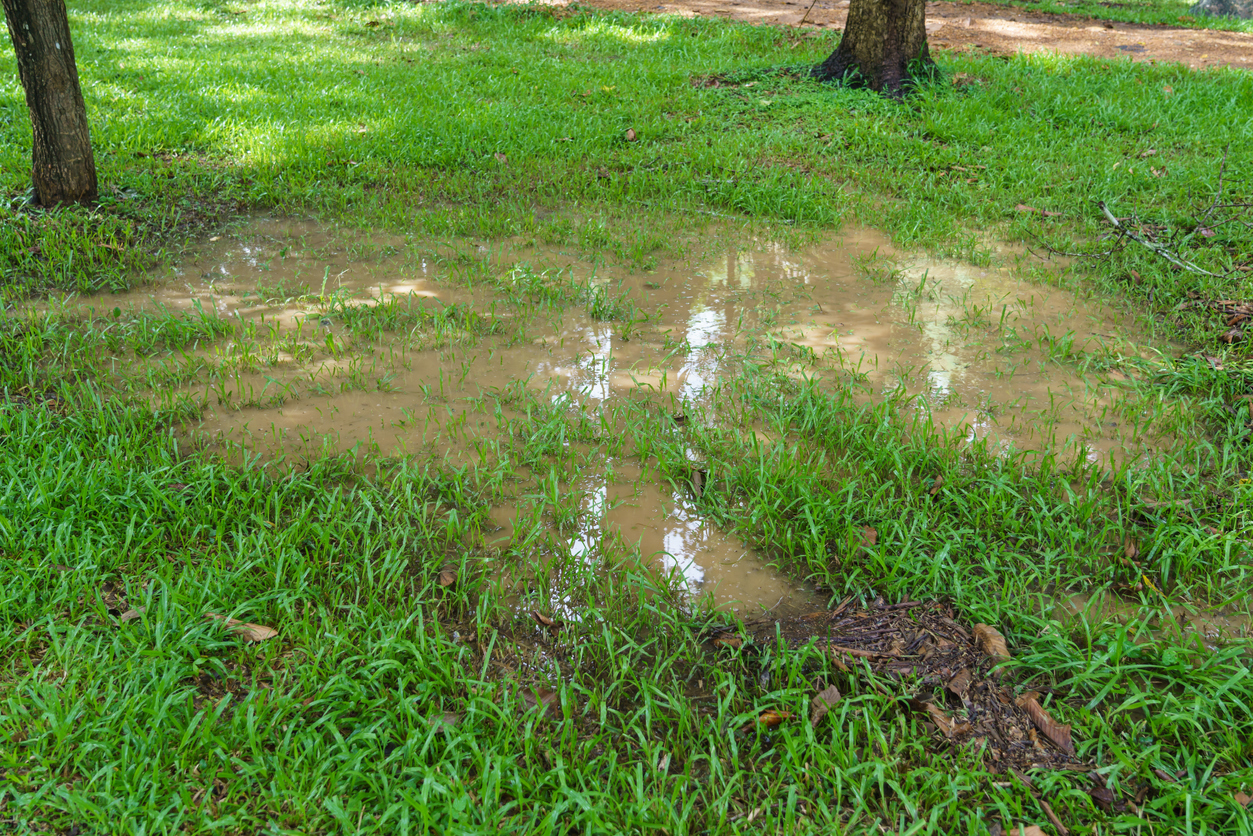
Mosquitoes love to lay eggs on standing water, which is why it’s a good idea to eliminate it to prevent these pests from reproducing in your backyard. Make sure your gutters are clean and any sunken areas in your yard are filled in to prevent pooling water. Even the water in the bird bath and kiddie pool should be regularly changed to prevent the little suckers from multiplying.
RELATED: How to Clean a Bird Bath the Right Way
2. Move and Remove Attractants

Garbage can provide a breeding ground for flies, ants and other insects. Make sure all of your trash and recycling cans remain covered, and move them away from your yard’s prime entertaining zones.
3. Keep Food Covered

Picnics and barbecues are a favorite summer pastime, but your friends and family aren’t the only ones who will find your smorgasbord inviting. To keep six-legged critters off the pasta salad and burgers, cover your outdoor platters with silicone lids or mesh food tents.
RELATED: 20 Tips for Keeping All Critters Out of Your Yard and Garden
4. Build a Bat House
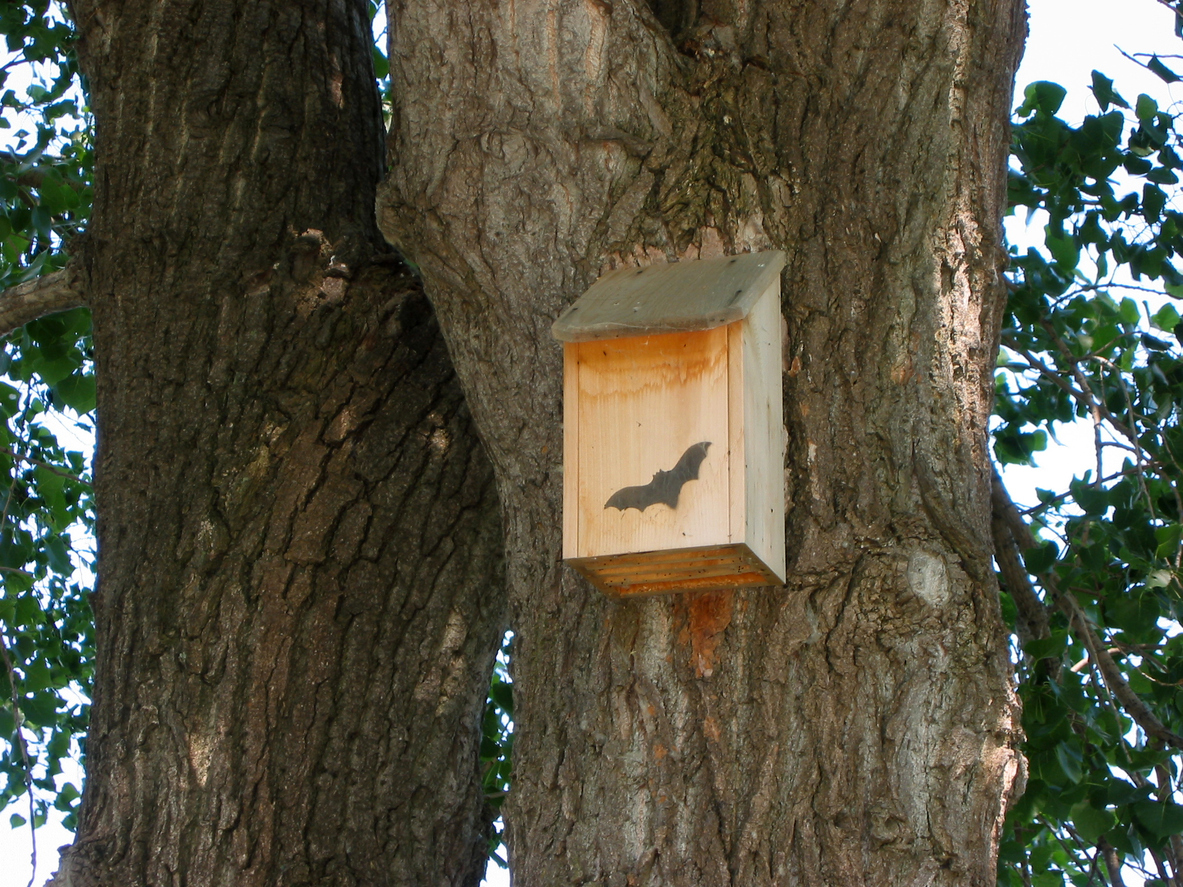
A single bat can eat more than 4,000 insects in a night, so consider these nocturnal critters your superhero sidekicks in the fight against common bugs. Bolster your bat population by building a bat house, and be glad to see them swooping through your yard at dusk.
5. Attract Birds
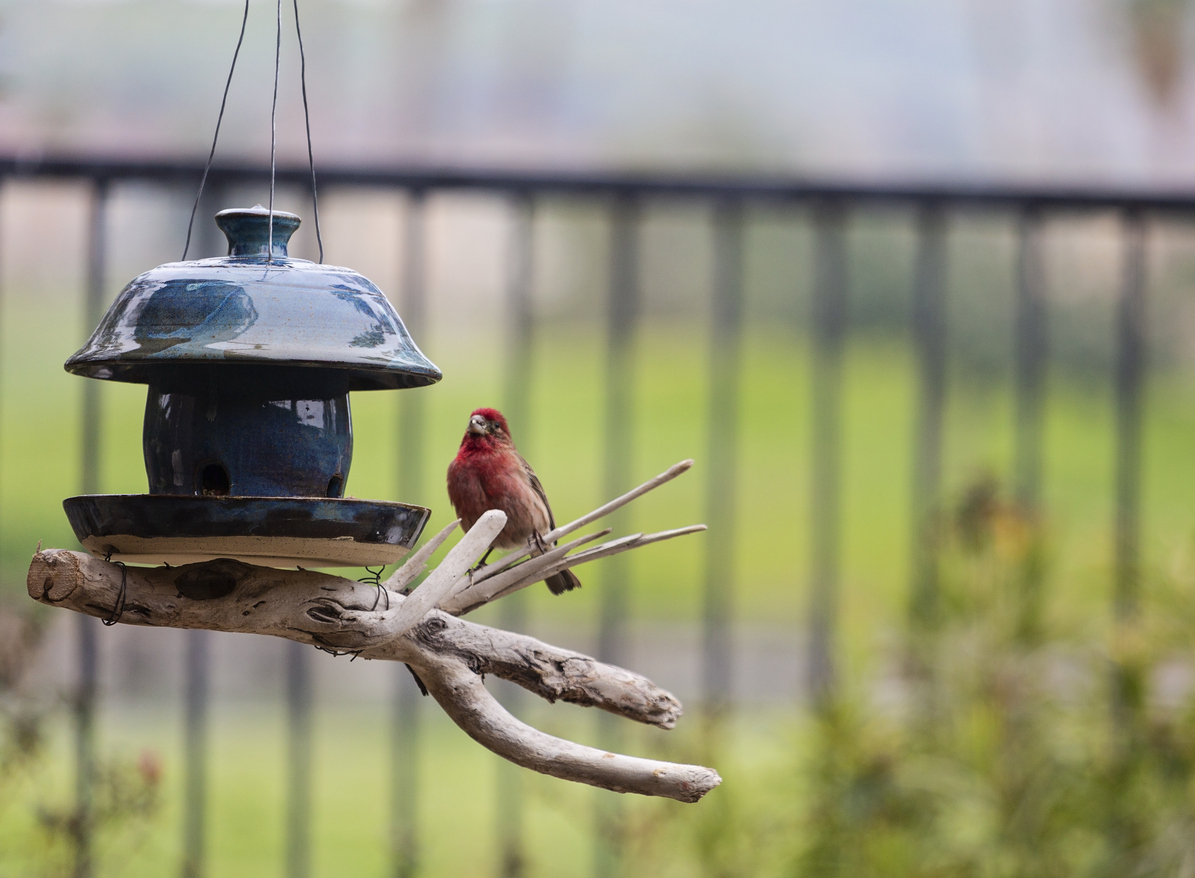
Feathered friends make for fun window-watching, but they can also help with pest control. Most common backyard birds, like sparrows, swallows, and warblers, eat a diet of berries, seeds, and—you guessed it—insects. Make your yard more inviting to birds by planting shrubs and small trees for nesting. You can also install a bird feeder and bath to encourage birds to visit often and take up residence.
RELATED: 24 Cool and Unique Birdhouses for Your Yard
6. Keep Things Kempt
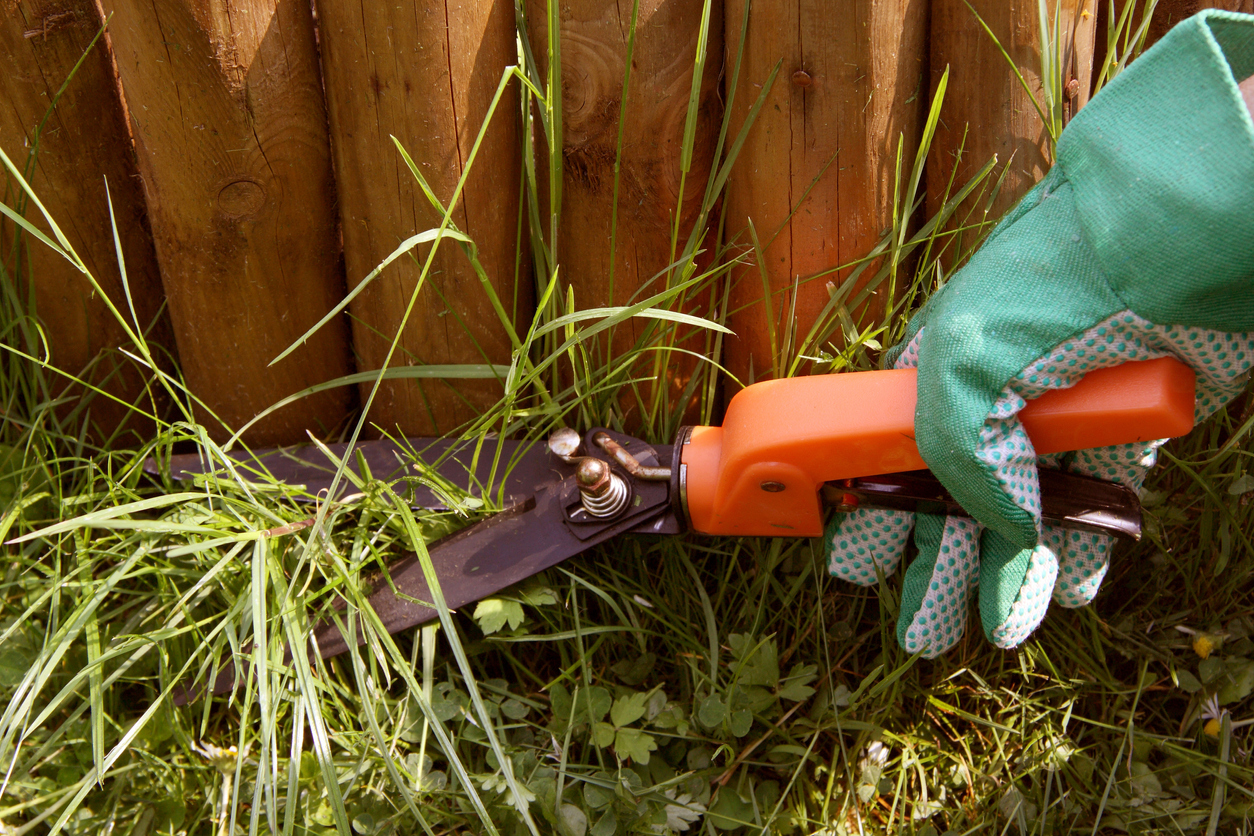
Overgrown brush and weeds are perfect nesting and hiding areas for mosquitoes, fleas, and ticks. Thick vegetation can also make it harder for the sun to evaporate standing water, where mosquitoes lay eggs. Deter these pests by keeping your landscaping tidy, and trimming tall grass, brush, and weeds around your property.
7. Build a Bug Trap
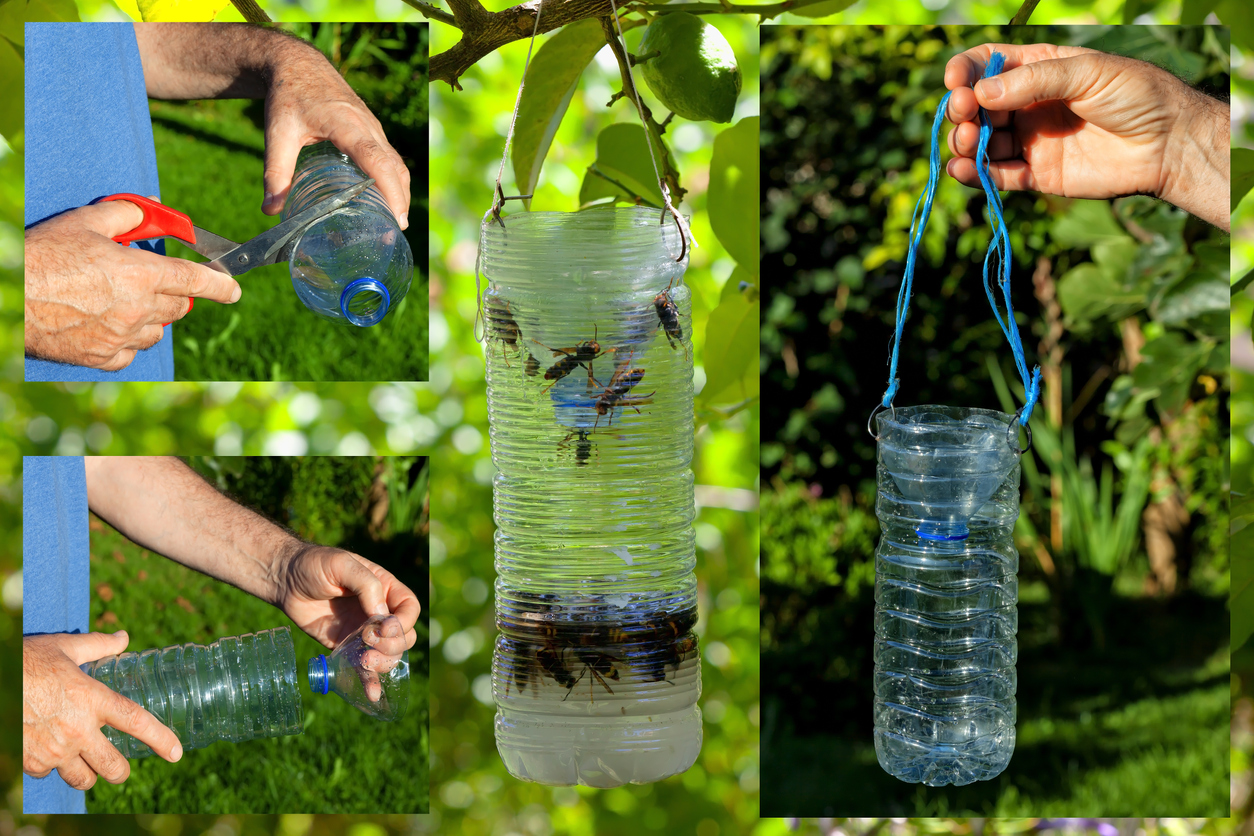
A DIY trap is an easy defense against backyard bugs. To make your own insect catcher, cut the top off a 2-liter soda bottle and invert it so that the spout points down into the bottle. Tape the pieces of the bottle together to seal it, then fill the bottle with a solution that will attract the type of insect you’re hoping to catch:
Wasp and fly solution
- Fruit scraps or honey
- 1 cup water
- A few drops of liquid dish soap
Mosquito solution
- ¼ cup sugar
- 1 gram yeast
- 1 cup hot water
RELATED: How to Get Rid of Chiggers in Your Yard
8. Burn Some Citronella
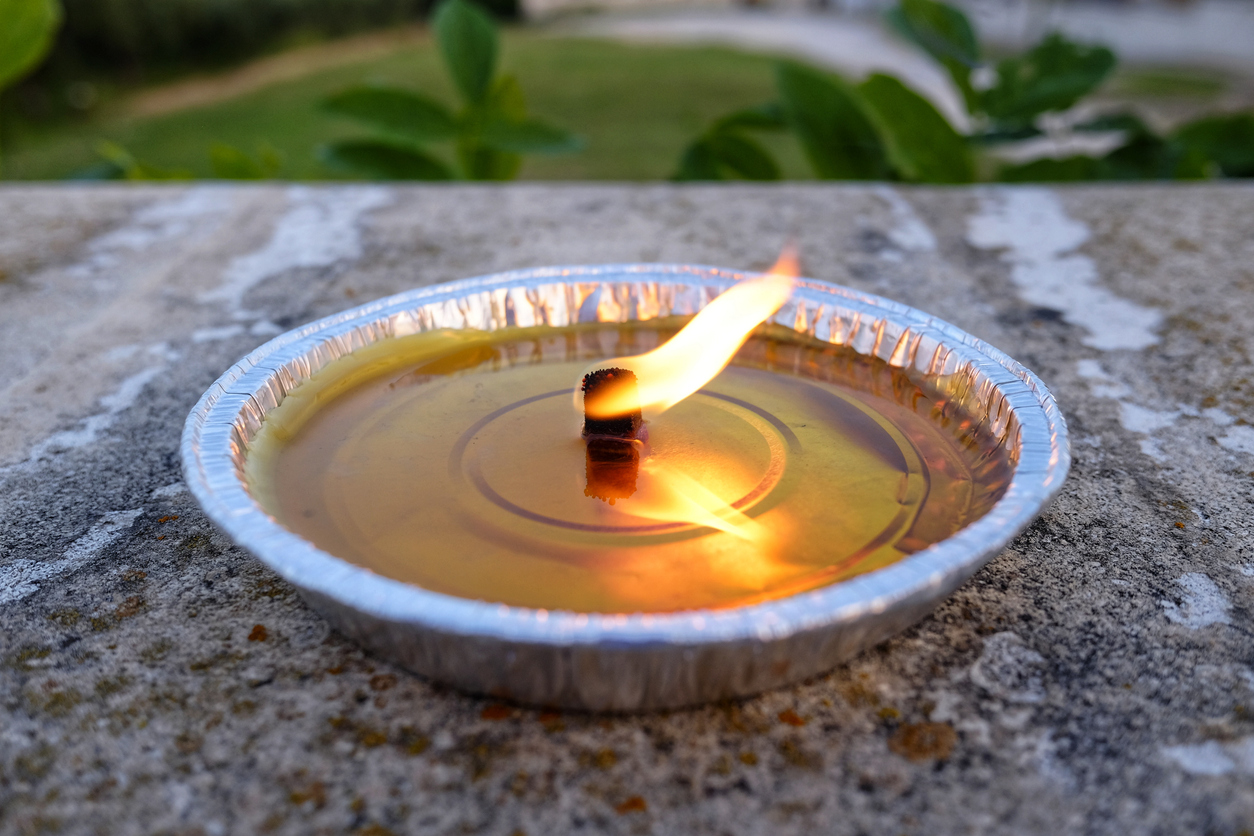
Citronella oil can mask the scents to which mosquitoes are drawn, like carbon dioxide and human lactic acid. Approved by the FDA, citronella is even used to flavor foods and beverages. If you’re feeling crafty, make DIY citronella candles to light at your next backyard party. You can also purchase citronella incense, candles, or torches if you don’t feel like going the DIY route.
9. Use a Natural Yard Spray
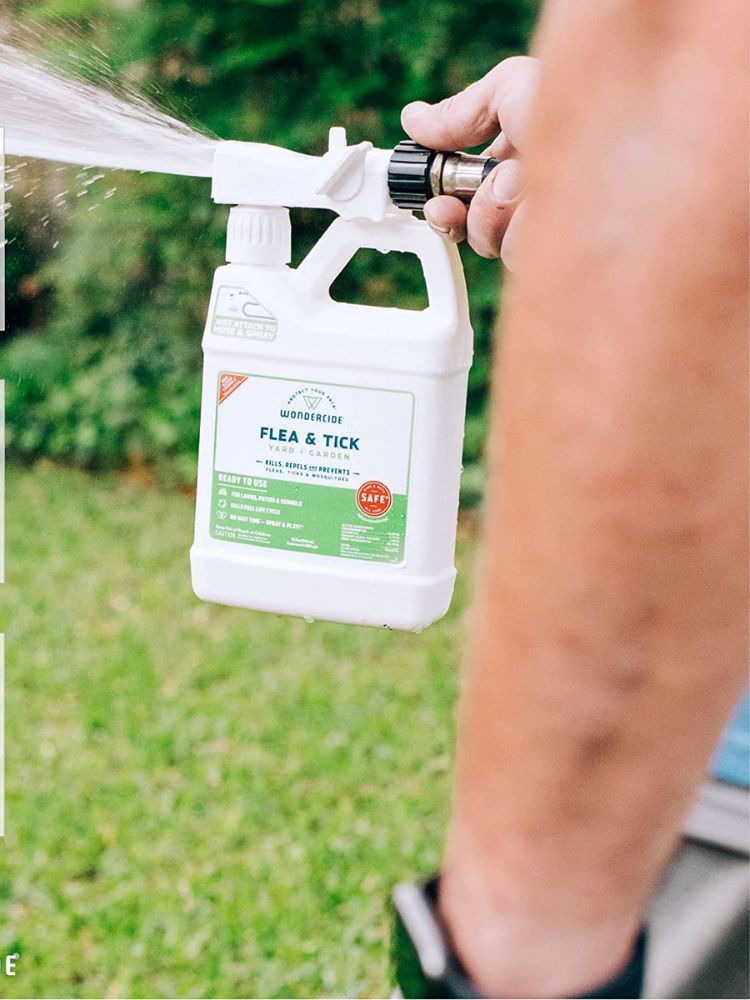
Wondercide Flea & Tick Spray can get rid of mosquitoes, fleas, and ticks naturally by using essential oils like cedarwood and sesame oil, which these pests don’t like. The natural repellent is entirely safe for humans, dogs, and other small mammals so you can spray it anywhere that’s susceptible to pests. Simply connect the container to a garden hose and then spray away. Start by applying the solution it at least twice within a 10-day period, then apply it every 3 to 4 weeks for maintenance. One bottle can cover a 5,000-square-foot area.
RELATED: 8 Reasons Not to Use Pesticides in Your Yard and Garden
10. Choose Bug-Repellent Plants
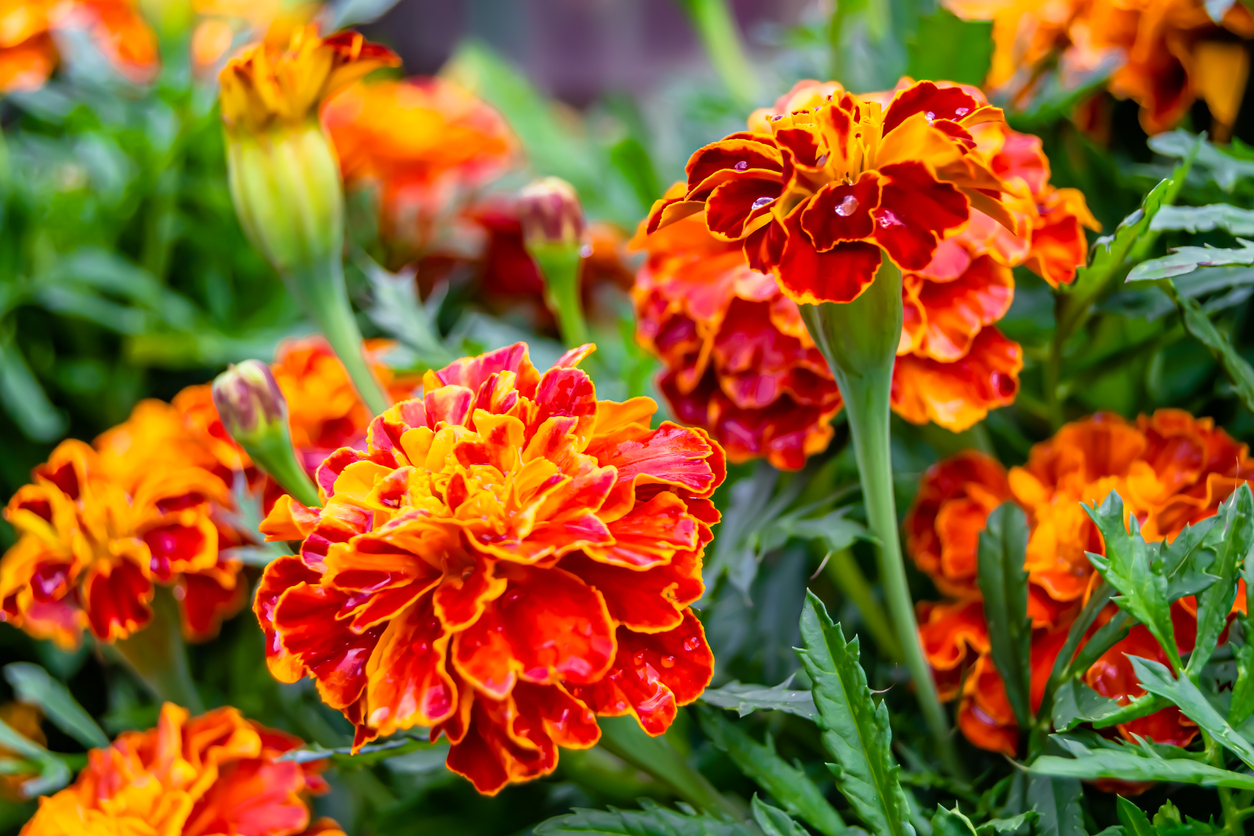
While you’re planning your landscaping and mix in some bug-repellent plant varieties. Lavender, marigold, chrysanthemum, citronella, and lemongrass can all discourage insects like mosquitoes and aphids from calling your yard home. Plus, they’re pretty to look at and provide additional spots for bug-eating birds to nest.
11. Install Patio or Pergola Fans

If you love to spend time on your patio or pergola, consider installing fans to keep mosquitoes off the patio. Mosquitoes might seem relentless, but they’re fairly weak flyers, so even a ceiling or standing fan on medium power can be too much for their little wings to take on. A ceiling fan also makes it tough for flies to get to your drinks and snacks.
RELATED: Buyer’s Guide: The Best Outdoor Misting Fans
12. Swap Out Incandescent Bulbs for LEDs

According to a study on the effects of different light bulbs on bugs around sunset from July through September, incandescent bulbs attract more bugs than LED bulbs. If you’re currently illuminating your outdoor space with incandescent bulbs, swap them out for LEDs to reduce nightly pests. You’ll also save some money on your energy bills, since LEDs consume less energy than incandescents do.
13. Light a Fire in a Fire Pit
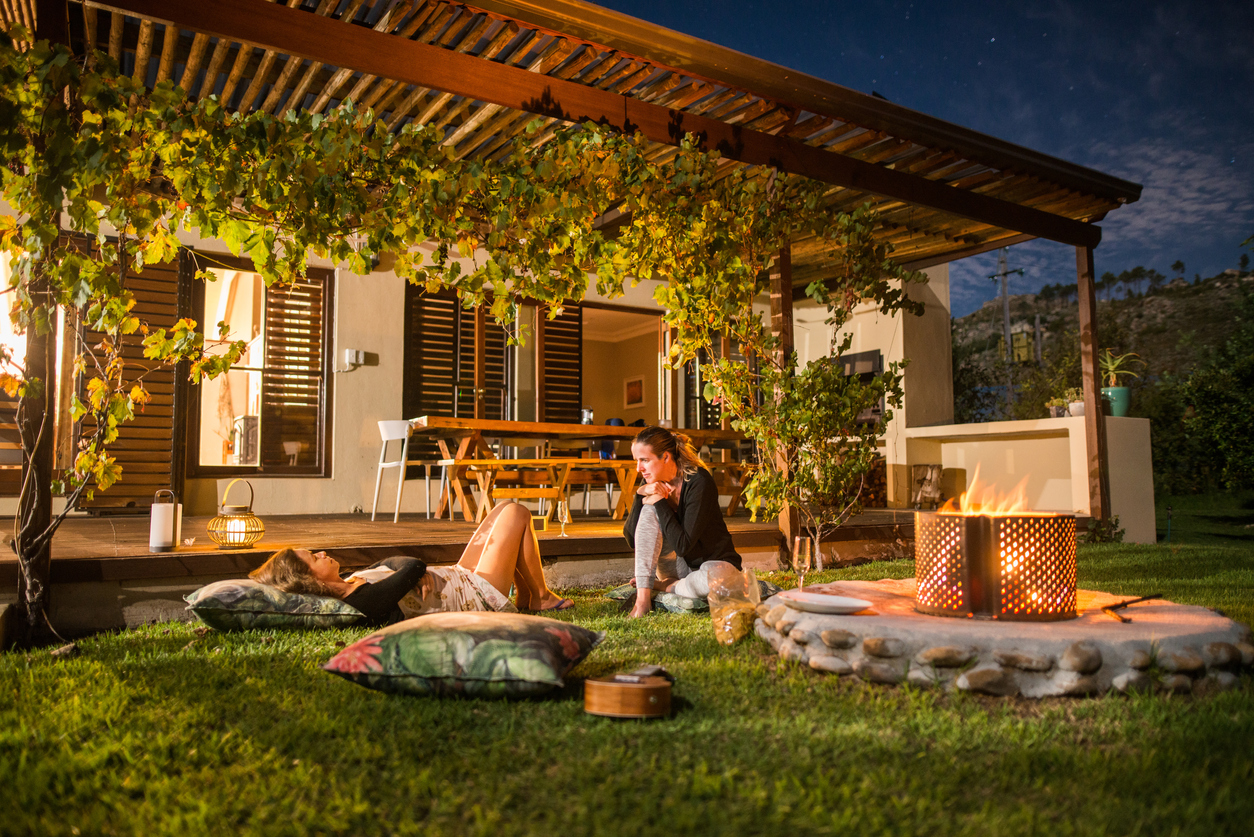
Mosquitoes and other insects are deterred by smoke, so using a fire pit regularly can help keep these pests away. You can even sprinkle some lavender around the perimeter of the pit to further deter bugs. If you don’t have a safe place to build a DIY fire pit (or you simply don’t feel like digging one out), you can purchase a tabletop fire pit, like YAHEETECH’s metal fire pit table, which doubles as a drinks cooler when it’s not in use.
